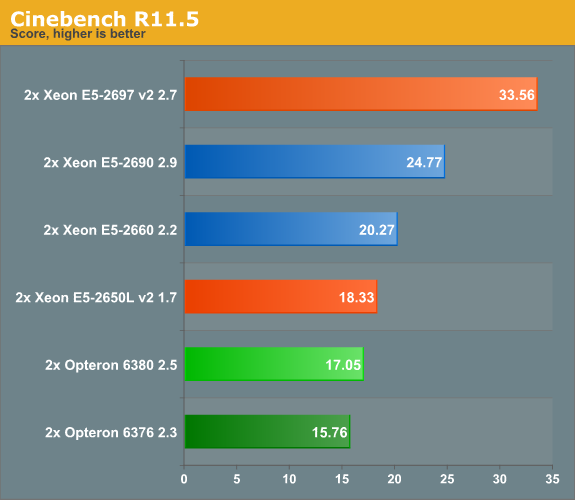- Joined
- Jun 27, 2011
- Messages
- 6,791 (1.33/day)
| Processor | 7800x3d |
|---|---|
| Motherboard | Gigabyte B650 Auros Elite AX |
| Cooling | Custom Water |
| Memory | GSKILL 2x16gb 6000mhz Cas 30 with custom timings |
| Video Card(s) | MSI RX 6750 XT MECH 2X 12G OC |
| Storage | Adata SX8200 1tb with Windows, Samsung 990 Pro 2tb with games |
| Display(s) | HP Omen 27q QHD 165hz |
| Case | ThermalTake P3 |
| Power Supply | SuperFlower Leadex Titanium |
| Software | Windows 11 64 Bit |
| Benchmark Scores | CB23: 1811 / 19424 CB24: 1136 / 7687 |
Isn't that what amd's HSA and HUMA are meant to solve?Even it its way of topic:
A nVidia Titan has ~1300 GFLOPS DP at 250W TDP, but that was not the point.
All that compute power on your GPU is pretty useless unless you have a task where you have to crunch numbers for an extended period of time AND your task can be scheduled in parallel, but I guess you know that. The latencies for copying data to the GPU and after processing there from the GPU back to the main memory / CPU are way to high for any mixed workload to perform well, so strong single-threaded FP performance will always be important in some way.
Edit: Aquinius you speedy guy beat me to it with more eloquence.







